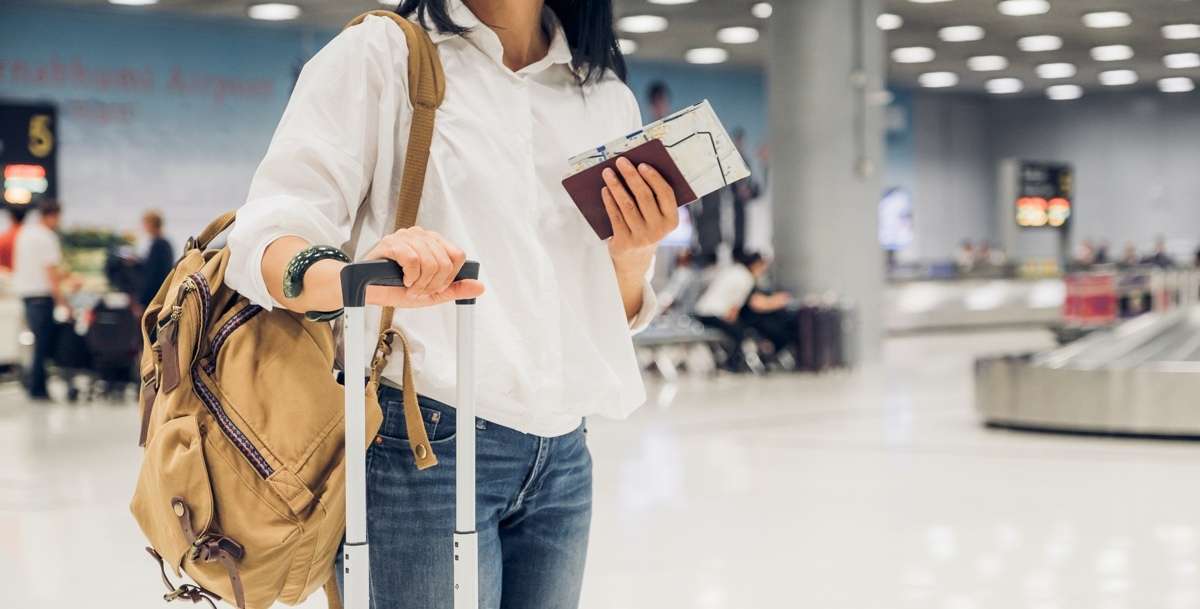
The words ‘uncertain’ and ‘unprecedented’ have been used more times than we all care to think as a way to describe 2020, and in US higher education those two words have taken center stage when it comes to planning for the upcoming Fall 2020 semester. Will US schools re-open to on-campus studies? Is digital learning here to stay or will a hybrid approach become the new reality?
With the current inability for new international students to obtain student visas, then the recent policy and then rescindment of barring international students who are currently in the US from studying online, and now the newest policy that new international students cannot travel to the US to take an entirely remote courseload - the dream and appeal for students (and their families) to study abroad in the US is quickly starting to fade.
Beyond planning and capacity, what does the future hold for international students starting or returning to their studies at US institutions as a result of the COVID-19 pandemic? I had the pleasure to meet (virtually of course) with a group of our amazing Flywire clients in the International Student Office (ISO) departments across the US in both large public and private universities to learn more.

While welcoming students back for the 2020/2021 academic year is of top priority for all schools (albeit with restrictions), the plan for international students is still largely in flux, and many key themes emerged as part of our discussion:
- Competition is heating up.
As a result of recent circumstances, many international students are opting to study in other countries over the US for reasons that include ease of acceptance, visa availability, travel clearance and the ability to begin studies. For instance, in May of 2020, Canada issued 30,785 study permits to new foreign students, up 11% from 27,810 permits in May 2019.
Longer term, students preferring countries outside the US pose a large impact to higher education institutions as well as the overall economy. According to US News & World Report, as well as NAFSA, international students enrolled at US colleges and universities contribute nearly $41B to the US economy and support more than 450,000 US jobs. As one client put it, “international education is going to take such a huge economic hit, which will gravely impact higher ed, in general, and I'm not sure we are acting fast enough.” The potential decline and loss of these over 1 million international students annually would be a huge detractor for both culture, technology and advancement in the US. - Lack of clarity on student visas continues.
While the recent rescindment of student visa policy does allow for international students to continue their studies even if campuses only return online, students and parents are still anxiously awaiting news from the US Department of State on their individual situations. Meanwhile colleges and universities are being left in the dark as far as what to tell their students about arrival or return to campus. Thankfully there are brilliant minds in higher education taking matters into their own hands.
Firstly, the ISO leaders we spoke with strongly recommended offering guidance to students to check with their local consulate in their home country. Given the over 100 US consulate offices worldwide, it is likely in-country consulates will be a better source of up-to-date information. Secondly, one client at a large top-ranked public university is going the extra mile with their international students. They not only have conducted personal one-to-one Zoom calls with close to 1,500 students to listen and offer guidance, but have also partnered with universities in Korea and China to offer students the option to start their US school education in their home country while they await visa and travel news. We applaud our clients on this effort and fully support giving international students a means to study this fall. - Back on campus, but digital and hybrid learning options are here to stay.
While all universities we spoke to have plans and intentions to be back on campus as soon as possible, COVID-19 has changed higher education as we know it. From what had been historically in-person studies, to a quick pivot in early 2020 to online learning with lock down orders in place across the globe, higher ed institutions will continue to provide students choice and hybrid learning environments. One international student office leader told us they will offer 4-5 different modalities across asynchronous and synchronous learning.
For example, a student may opt to start their studies online in their home country until they can arrive in the US for in-person sessions. Another university said they are using IP addresses to see if their international student population is currently inside or outside of the US. From there, they can make decisions on what courses will be available online and across which modes of instruction. Additionally, ISOs leaders are pushing for the Student Exchange & Visitor Program (SEVP) to continue to offer flexibility as they did for the recent Spring semester for international students currently in the US to continue their studies online if they choose to do so.
What can you do?

Our universities and international students need our support more than ever. Higher education institutions need to have policy in place to not only welcome, but also advocate for our international students. Additionally, Flywire has started a petition to Save Overseas Studies. Please commit your support to urge the US State Department to continue to grant and extend international student visas.
